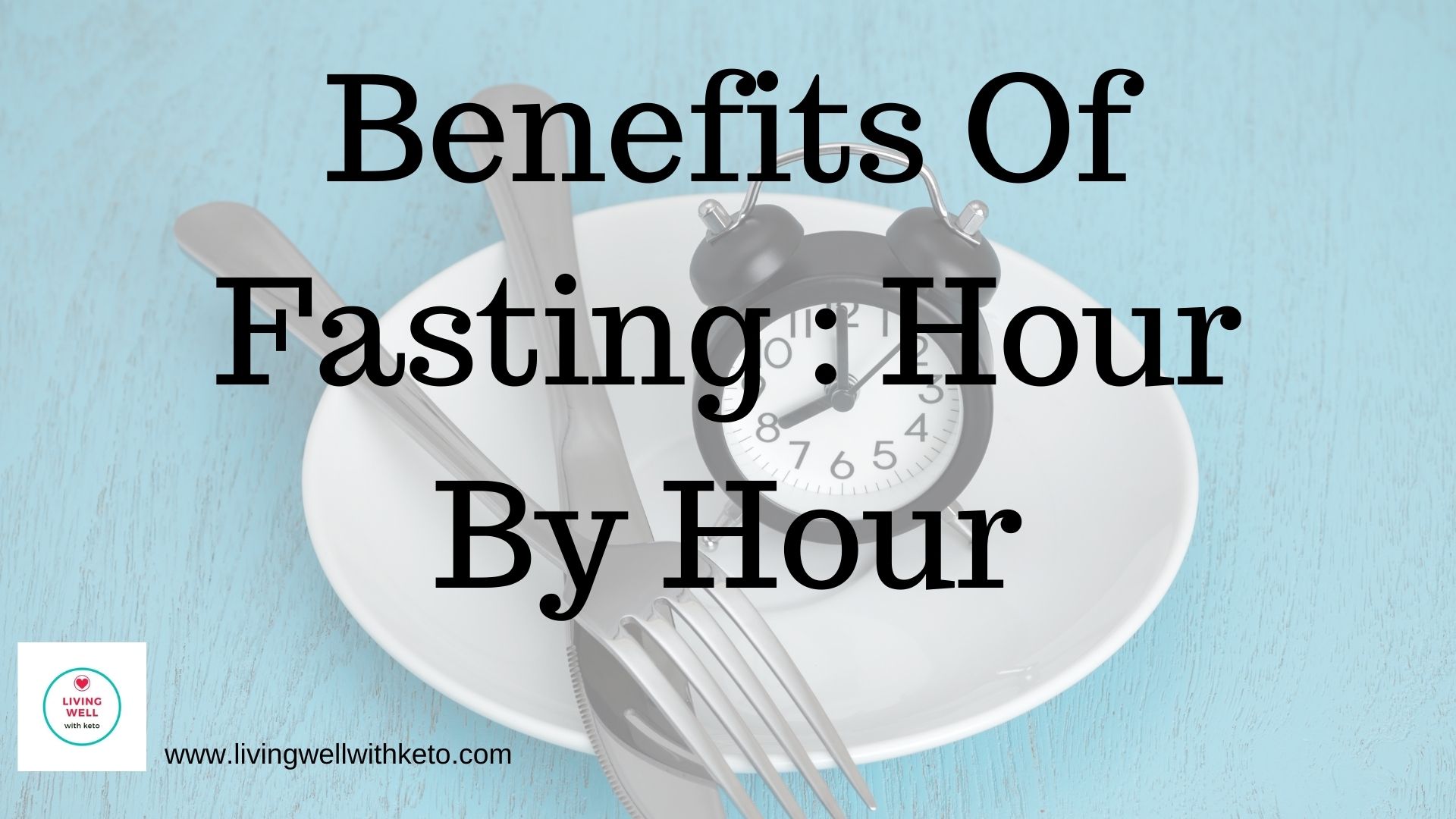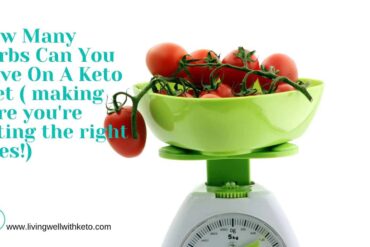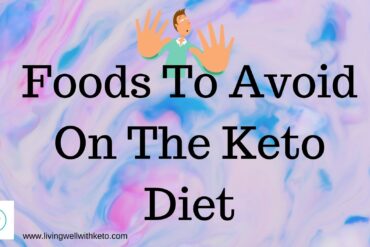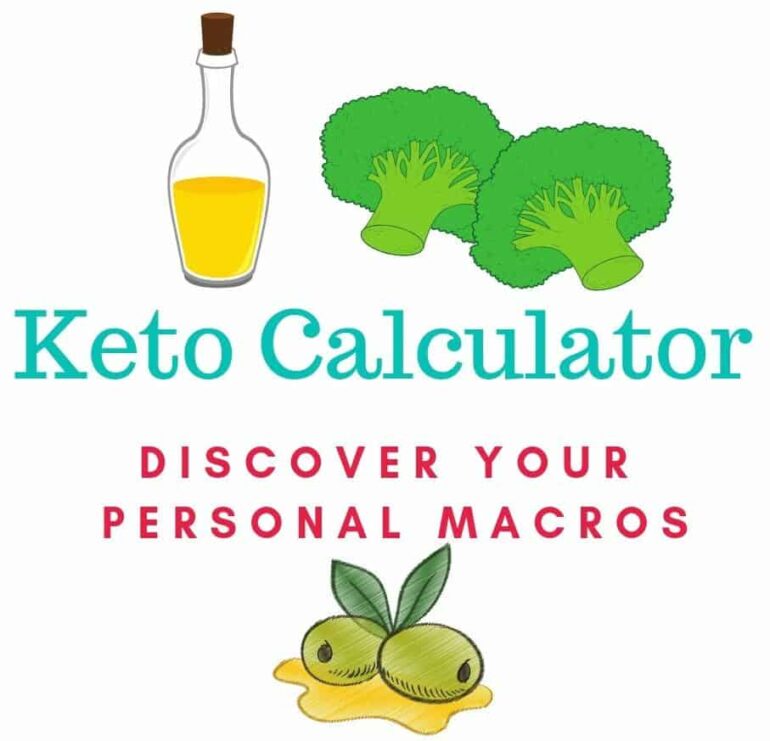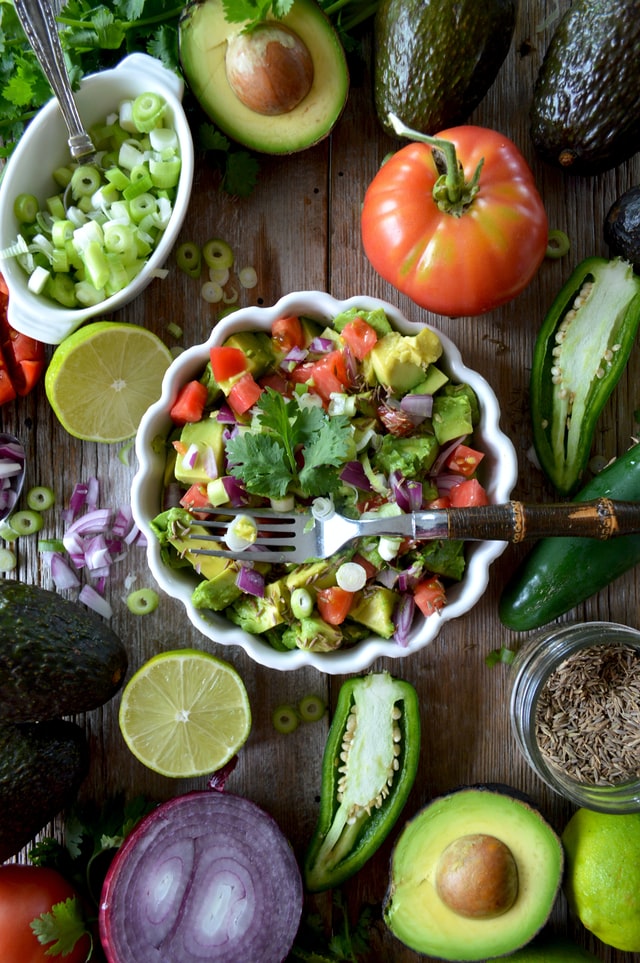Use this keto diet calculator to quickly discover exactly how many grams of carbs, protein and fat you should be eating each day.
These are your keto macros: They are personal to you and your keto goals .
Scroll down to the calculator if you already know about macros.
When you start the keto diet, the first thing to you’ll need to know and understand is how to work out what your daily macros.
These macros represent your allowed amount of fat, protein and carbs that you should be eating for your weight loss and/or health goals.
It can seem complicated at first, but most of the work can be done for you with this keto diet calculator.
The keto diet calculator will give you a starting point from where you can gradually learn to fine tune your keto macros.
Your macros will be set to suit your individual needs and metabolism. This will vary according to your activity levels, body fat percentage and your current metabolic rate.
You need to keep to below 20grams of carboydrates per day.
Less than 20g per day is a great starting point and almost everyone will be able to achieve ketosis at this level of carb intake.
Many people find they can increase this and still stay in ketosis .
However, this is something to do once you have become used to the diet and are familiar with testing your exact ketone levels.
If you don’t want to do daily ketone testing ( and you don’t have to) the 20g limit will get you there and keep you there.
Further, You’ll also learn to recongnise how you feel when you’re in ketosis.
Remember that your 20g of carbs is NET carbs. Net carbs are the carbs left after you have subtracted the fiber grams from the total carb count.
For people who enjoy knowing exactly where they are on the ketone scale, then testing is a useful tool but by no means necessary.
However, if you do test, the advantage will be that you can push the carbs by a few a day, and find your own personal limit.
Once you do this you’ll be able to make the keto diet more flexible, and geared to your individual needs.
Many people find that they can tolerate a significantly higher daily carb intake.
To be sucessful, it’s something that needs to be done very gradually with ongoing testing of your ketone levels.
The protein macro is normally set at about 0.8g per kilo of weight, or 0.36g per pound.
For an average woman this is 46g per day, and 56g per day for a man. This assumes that they are not doing any exercise.
There is no need to increase your protein intake, as the keto diet is medium protein and not high protein as it is often thought to be.
There are some worries being voiced around the internet that if you eat over your protein macro you will push yourself out of ketosis.
To do this you would be having to eat around 2g of protein per pound of weight, in other words huge amounts of protein.
Even then, your body is only going to be converting protein to glucose for energy if there is a need to do so.(Gluconeogenesis)
If you’re eating enough fat there is no need for your body to trigger gluconeogenesis.
High protein can raise insulin levels and effect ketosis but this is much less marked than the effect of too many carbs.
Therefore, it’s good to stay as close to your calculated protein macro as you can.
Your fat macro is set high, and this is for a number of reasons:
- The keto diet works by limiting carbs to force your body to use fats for fuel.
- You are limiting carbs which will reduce your calorie intake. To keep an intake that is sufficient you will need to increase fat consumption so that your calorie deficit is not too large. You should not aim to lose weigh too quickly.
- Consuming fats helps to keep you feeling full for longer, and you are less likely to want to snack.
- Generally meals that contain a lot of fat make you feel more satisfied with less chance of over eating.
If weight loss is your main goal then its important to be realistic. Huge amounts of fat are going to prevent weight loss. Eat the amount suggested by the calculator and try not to go too far over.
Once you know your daily macro requirements use this top 100 keto foods with nutritional values to give you the basic list of allowed foods.
This list of quick keto snacks will also help to set you on your way.
We recommend that you weigh and list everything you eat for the first few weeks.
In this way you can accurately track your fat, protein and carb intake.
Once you’re more familiar with this way of eating you’ll be able to estimate, but don’t guess in the beginning. Weighing food takes a little time, but it’ll keep you on track.
By not tracking you will run the risk of accidently going over one or more of your macros and not achieving ketosis.
Some people enjoy staying in ketosis for months or even years while others prefer to reach their weight or health goals and then swap out to a low carb diet.
Others find that they do well by cycling in and out of ketosis on a regular basis.
It all depends on your own individulal goals and the way your body responds to various foods. It’s not possible to say exactly how you will respond.
Listen to your body. If you’re feeling healthier and happier with low carb then it’s down to you how long you choose to be on the keto diet.
By keeping within your keto macros you will be able to reach all your weight loss or health goals.
